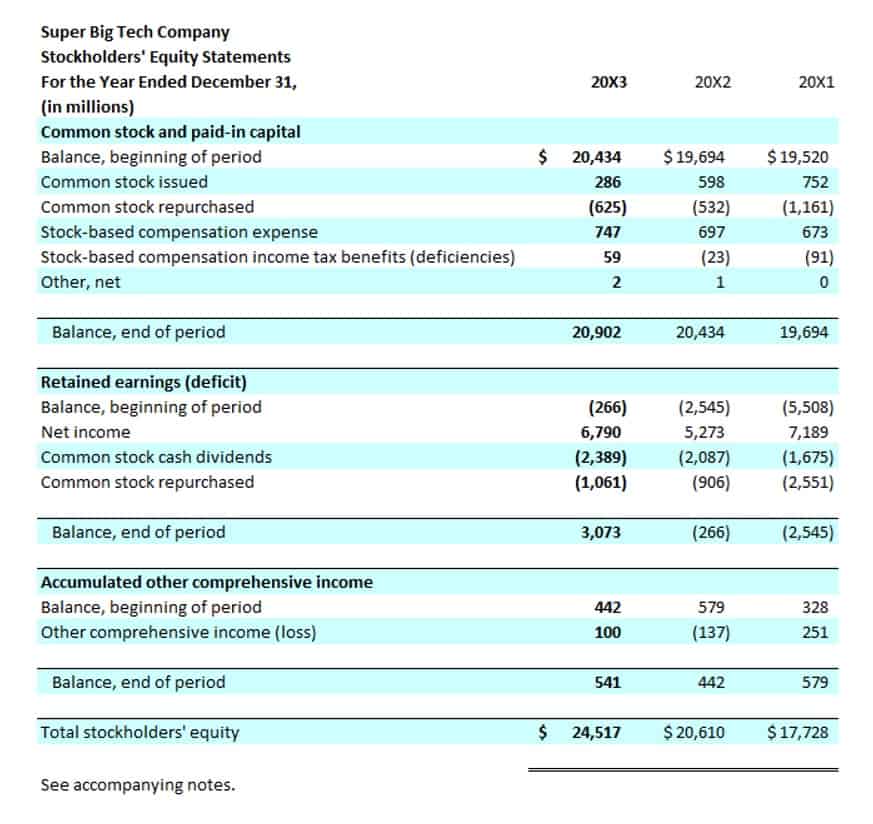Banks using AI can streamline tedious processes and vastly improve the customer experience by offering 24/7 access to their accounts and financial advice services. Canoe ensures that alternate investments data, like documents on venture capital, art and antiques, hedge funds and commodities, can be collected and extracted efficiently. The company’s platform uses natural language processing, machine learning and meta-data analysis to verify and categorize a customer’s alternate investment documentation.
As outliers could move the market into states with significant systematic risk or even systemic risk, a certain level of human intervention in AI-based automated systems could be necessary in order to manage such risks and introduce adequate safeguards. Potential consequences of the use of AI in trading are also observed in the competition field (see Chapter 4). Traders may intentionally add to the general lack of transparency and explainability in proprietary ML models so as to retain their competitive edge. In addition, the use of algorithms in trading can also make collusive outcomes easier to sustain and more likely to be observed in digital markets (OECD, 2017[16]).
FAQ on AI in finance
It relieves the accountants of performing menial tasks and broadens the scope of their roles. To define it in simpler terms, AI is intelligence demonstrated by machines instead of humans. It makes the processes streamlined and exceptionally reduces the what is the purpose of having a ledger and a journal in an accounting system time to complete a task accurately. The present system has an AI-enables invoice management process that can make Chartered Professional Accountants in management to process the payable/receivable works more streamlined by using the digital workflow.
- Text mining and analysis of non-financial big data (such as social media posts or satellite data) with AI allows for automated data analysis at a scale that exceeds human capabilities.
- Data is the cornerstone of any AI application, but the inappropriate use of data in AI-powered applications or the use of inadequate data introduces an important source of non-financial risk to firms using AI techniques.
- Traders with access to Kensho’s AI-powered database in the days following Brexit used the information to quickly predict an extended drop in the British pound, Forbes reported.
- The finance domain can pave the way by establishing an organizational framework that is aligned with your company’s risk tolerance, cultural intricacies, and appetite for technology-driven change.
“If we’re going to hand over our decisions to them, and we don’t have any idea how they’re working, I mean, you might as well shake one of those Magic 8 Balls and get the answer from that,” he said. ChatGPT recommended that Mr. Weiner open a Roth individual retirement account and certificates of deposit, as well as automate his savings and create a budget. He hasn’t yet opened any of the accounts or, as the chatbot also suggested, worked with a financial adviser. Financial advisors are preparing themselves for the largest transfer of wealth in U.S. history. In fact, according to The New York Times, $84 trillion is projected to be passed down from older Americans to millennial and Gen X heirs through 2045; with $16 trillion expected to be transferred within the next decade alone.
Companies Using AI in Blockchain Banking
In the most advanced AI techniques, even if the underlying mathematical principles of such models can be explained, they still lack ‘explicit declarative knowledge’ (Holzinger, 2018[38]). This makes them incompatible with existing regulation that may require algorithms to be fully understood and explainable throughout their lifecycle (IOSCO, 2020[39]). Careful design, diligent auditing and testing of ML models can further assist in avoiding potential biases.
While AI may be accurate in its decision making, the lack of understanding may erode trust among investors and consumers who struggle to comprehend AI-driven decisions, demanding greater transparency to boost confidence. AI bias refers to unjust discrimination in algorithmic decisions, stemming from inherent biases within the training data that mirror societal inequalities. Online trading platforms have democratized investment opportunities, empowering individuals to buy and sell securities from the comfort of their homes. This accessibility has widened the investor base, bridging gaps that were once limited by geographical constraints or financial barriers. Undoubtedly, AI’s advancements are reshaping customer experiences and industry landscapes at an unprecedented pace.
Manager Deloitte Services India Pvt. Ltd.
These are naturally not captured by the initial dataset on which the model was trained and are likely to result in performance degradation. For example, AI can be a powerful tool to optimise windmill operations and safety, analyse traffic patterns in transportation, and improve operations in energy grids. Kill switches and other similar control mechanisms need to be tested and monitored themselves, to ensure that firms can rely on them in case of need. Nevertheless, such mechanisms could be considered suboptimal from a policy perspective, as they switch off the operation of the systems when it is most needed in times of stress, giving rise to operational vulnerabilities.
2. AI and financial activity use-cases
In particular, the use of automation and technology-enabled cost reduction allows for capacity reallocation, spending effectiveness and improved transparency in decision-making. AI applications for financial service provision can also enhance the quality of services and products offered to financial consumers, increase the tailoring and personalisation of such products and diversify the product offering. The use of AI mechanisms can unlock insights from data to inform investment strategies, while it can also potentially enhance financial inclusion by allowing for the analysis of creditworthiness of clients with limited credit history (e.g. thin file SMEs). The widespread adoption of AI and ML by the financial industry may give rise to some employment challenges and needs to upgrade skills, both for market participants and for policy makers alike. Demand for employees with applicable skills in AI methods, advanced mathematics, software engineering and data science is rising, while the application of such technologies may result in potentially significant job losses across the industry (Noonan, 1998[54]) (US Treasury, 2018[32]). Such loss of jobs replaced by machines may result in an over-reliance in fully automated AI systems, which could, in turn, lead to increased risk of disruption of service with potential systemic impact in the markets.
The human parameter is critical both at the data input stage and at the query input stage and a degree of scepticism in the evaluation of the model results can be critical in minimising the risks of biased model decision-making. Human judgement is also important so as to avoid interpreting meaningless correlations observed from patterns as causal relationships, resulting in false or biased decision-making. The OECD has undertaken significant work in the area of digitalisation to understand and address the benefits, risks and potential policy responses for protecting and supporting financial consumers.
These gains in operational performance will flow from broad application of traditional and leading-edge AI technologies, such as machine learning and facial recognition, to analyze large and complex reserves of customer data in (near) real time. Lack of interpretability of AI and ML algorithms could become a macro-level risk if not appropriately supervised by micro prudential supervisors, as it becomes difficult for both firms and supervisors to predict how models will affect markets (FSB, 2017[11]). In the absence of an understanding of the detailed mechanics underlying a model, users have limited room to predict how their models affect market conditions, and whether they contribute to market shocks. Users are also unable to adjust their strategies in time of poor performance or in times of stress, leading to potential episodes of exacerbated market volatility and bouts of illiquidity during periods of acute stress, aggravating flash crash type of events (see Section 1.2.2). Risks of market manipulation or tacit collusions are also present in non-explainable AI models.




